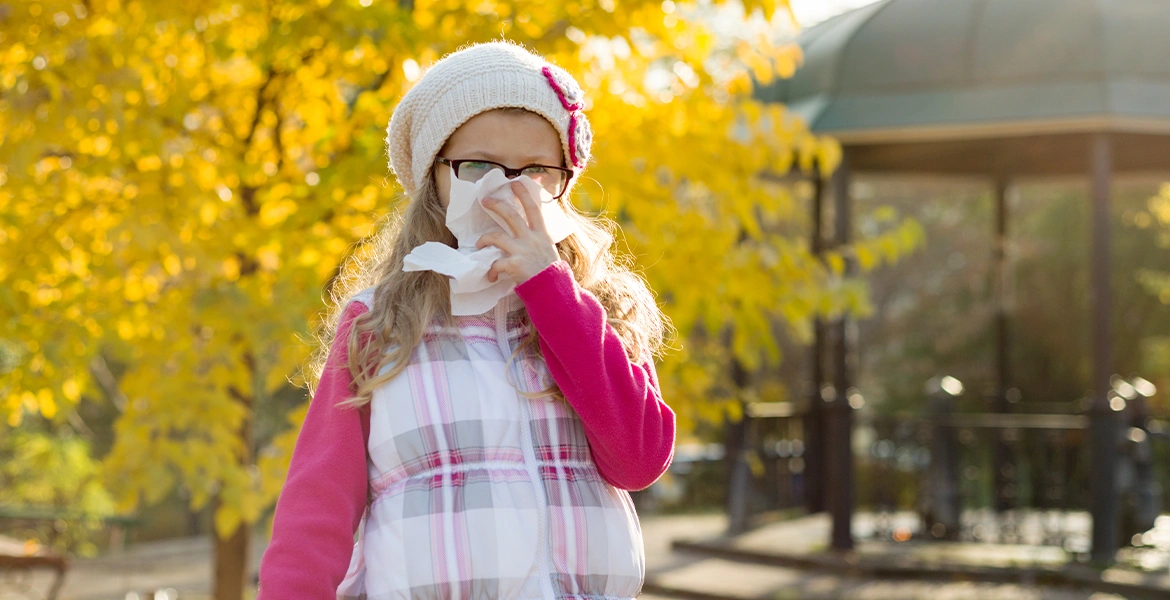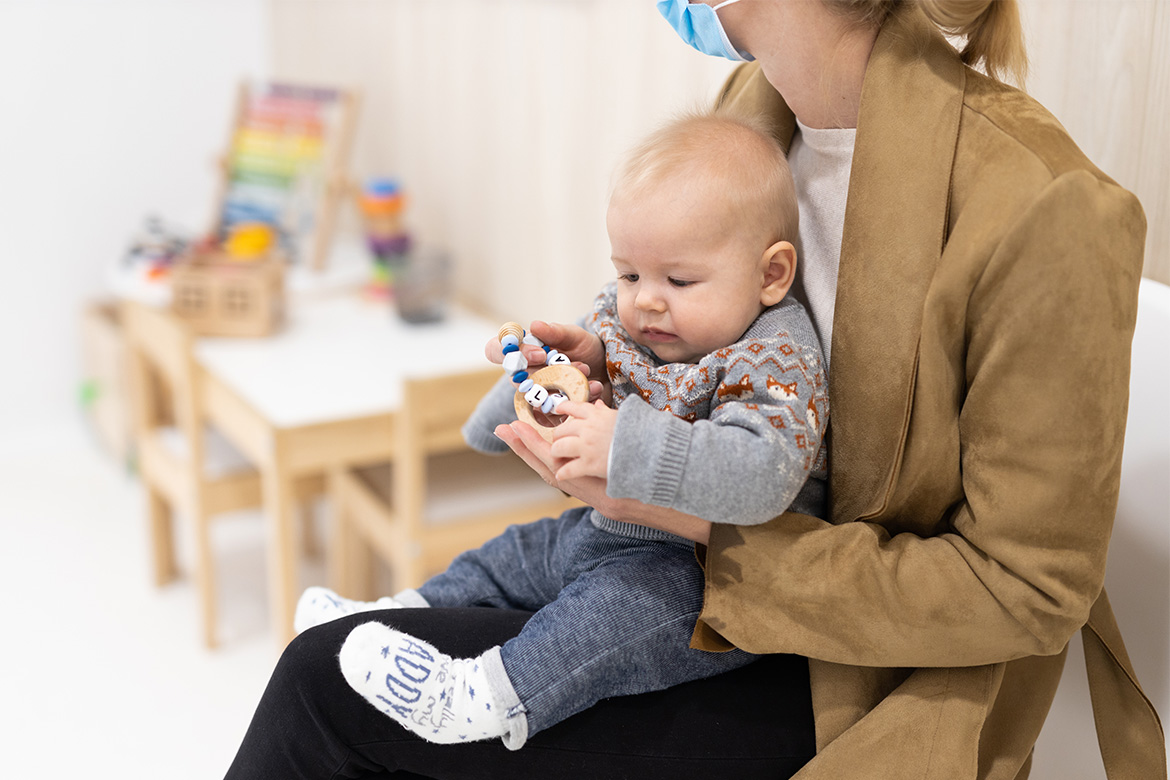
As the weather cools down and leaves begin to fall, the excitement of autumn often comes with an unwelcome guest: seasonal allergies. For many children, this time of year can mean sneezing, itchy eyes, and other uncomfortable symptoms that disrupt daily life. At Parsi Pediatrics, we understand the common triggers of fall allergies and can help you make a difference in your child’s life. With the right strategies, you can help your child manage and prevent seasonal allergies this fall.
Common Symptoms of Seasonal Allergies
Seasonal allergies occur when your child’s immune system reacts to allergens in the environment during certain times of the year. In the fall, common triggers include ragweed pollen, mold spores, and dust mites. Ragweed, in particular, is a powerful allergen that can travel hundreds of miles, affecting children even if it’s not prevalent in your immediate area.
- Sneezing and runny nose
- Itchy or watery eyes
- Congestion and sinus pressure
- Coughing or wheezing
- Sore throat due to post-nasal drip
- Fatigue due to interrupted sleep
If your child is experiencing any of these symptoms, it’s important to consult with a San Antonio pediatrician to determine if seasonal allergies are caused and to discuss appropriate treatment options.
Why Seasonal Allergies Worsen in the Fall
Fall is known for worsening allergy symptoms in children, often leading to more sick visits. The combination of dry, windy weather and increased outdoor activities like back-to-school events and sports means kids are often exposed to high airborne allergens. Indoor allergens like mold can spike during this time due to increased humidity or poor ventilation in schools and homes.
Key Fall Allergy Triggers:
- Ragweed Pollen: A leading cause of fall allergies, ragweed pollen can remain in the air from late August to November.
- Mold Spores: Found in damp areas like piles of leaves, mold spores become airborne, triggering allergic reactions.
- Dust Mites: As we begin using heaters, dust mites trapped in air ducts are blown into the air, exacerbating allergy symptoms.
Tips for Preventing Seasonal Allergies in Kids
Prevention is the best approach when it comes to managing seasonal allergies in children. Here are some practical tips to keep allergy symptoms at a minimum:
- Limit Outdoor Exposure During Peak Times Pollen counts are usually highest in the early morning and late afternoon. Limit your child’s outdoor playtime during these hours, especially on windy days when allergens are easily spread.
- Keep Windows Closed Although fall brings cool breezes, keeping windows and doors closed can prevent allergens from entering your home. Use air conditioning with a HEPA filter to maintain good air quality indoors.
- Change Clothes and Shower After Outdoor Play Pollen can stick to clothes, skin, and hair. Encourage your child to change clothes after playing outside to wash off any lingering allergens.
- Use Allergy-Proof Bedding Dust mites thrive in bedding, pillows, and mattresses. Invest in allergy-proof covers and wash your child’s bedding in hot water once a week to reduce exposure.
- Keep Indoor Air Clean Use a dehumidifier to hinder mold growth and an air purifier with a HEPA filter to capture airborne allergens inside the home. Regularly vacuum with a vacuum cleaner that has a HEPA filter to pick up dust mites and pollen.
- Monitor Pollen Counts Stay informed about local pollen counts in the San Antonio area by checking weather apps or websites. On days when the counts are high, take extra precautions to minimize your child’s exposure.
- Encourage Good Hygiene Habits Regular wellness checkups with our San Antonio pediatricians can help keep your family informed about managing allergies. In addition, frequent handwashing can help remove allergens that may transfer from hands to the face, reducing the likelihood of symptoms.
- Avoid Raking Leaves Raking leaves can stir up mold spores and other allergens. If yard work is necessary, consider having your child wear a mask or, better yet, delegate the task to someone without allergies.
- Plan Indoor Activities on High Pollen Days On days with high pollen counts, plan fun indoor activities like crafts, board games, or a movie marathon to keep your child entertained while avoiding allergens.
- Consult a San Antonio Pediatrician for Allergy Medications If your child continues to experience symptoms despite preventive measures, it may be time to visit your San Antonio Pediatrician at Parsi Pediatrics. Over-the-counter antihistamines, decongestants, or prescription medications can provide seasonal allergy relief.
When to See Our San Antonio Pediatrician
If your child’s symptoms persist or worsen, it’s important to seek professional advice. Persistent allergies can lead to complications such as sinus infections, ear infections, or asthma flare-ups. Our San Antonio pediatrician team can provide customized advice and treatment options. By implementing preventive measures and staying proactive about their health, you can help your child enjoy the season without the sneezing and sniffles. Remember, consulting with a San Antonio pediatrician at Parsi Pediatrics is necessary for effectively managing and preventing seasonal allergies.
Schedule an appointment with Parsi Pediatrics today or call 210.561.1551 to discuss your child’s symptoms and get personalized care to keep allergies under control.




